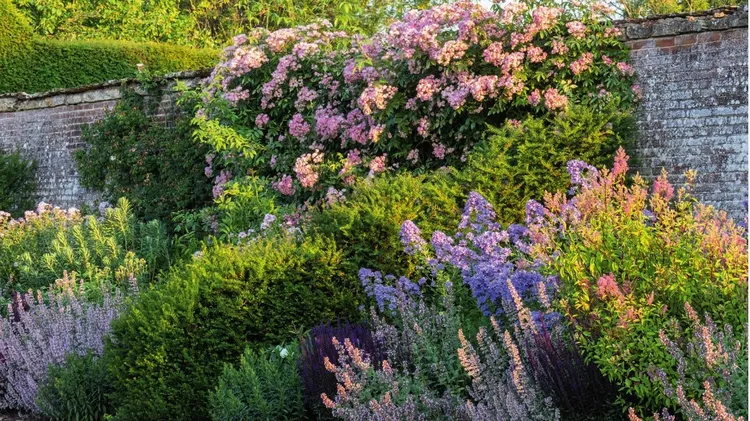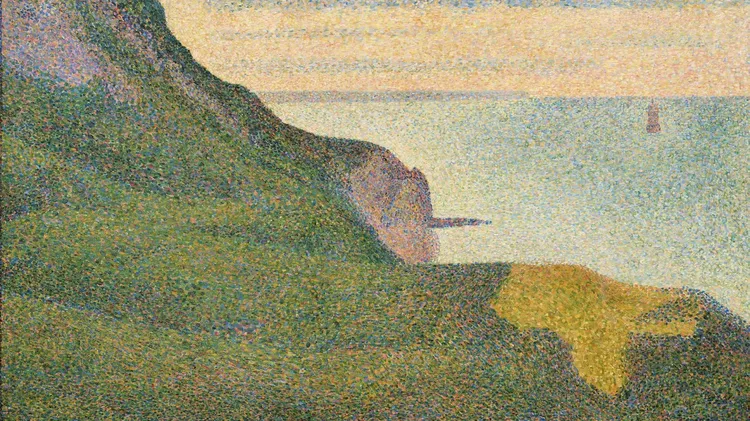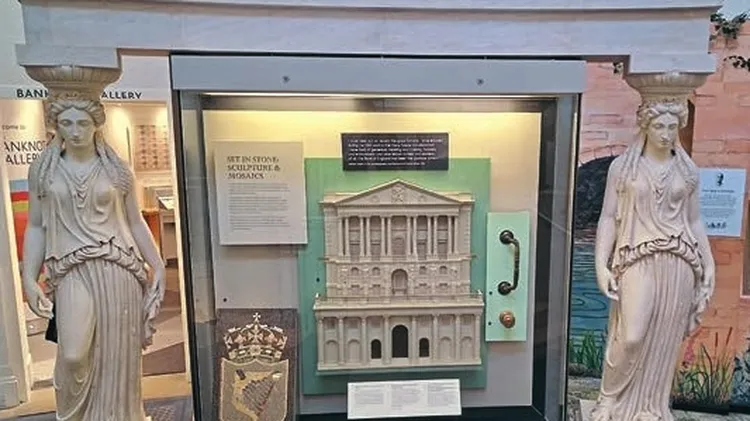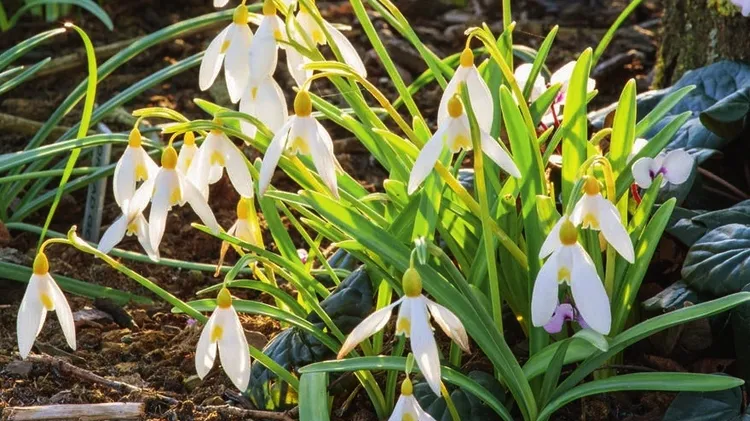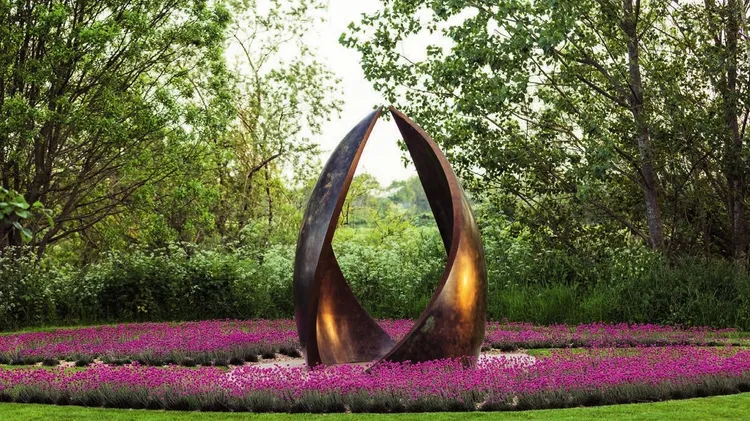More life-like than the new statue of Sir David Attenborough at Madame Tussau
Waxing botanical
6 min read
This article is from...
Read this article and 8000+ more magazines and newspapers on Readly

